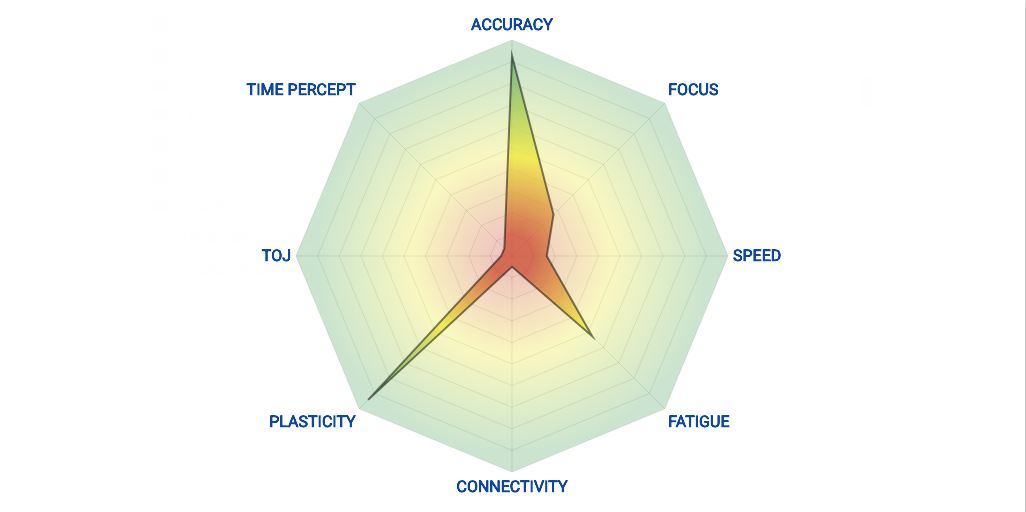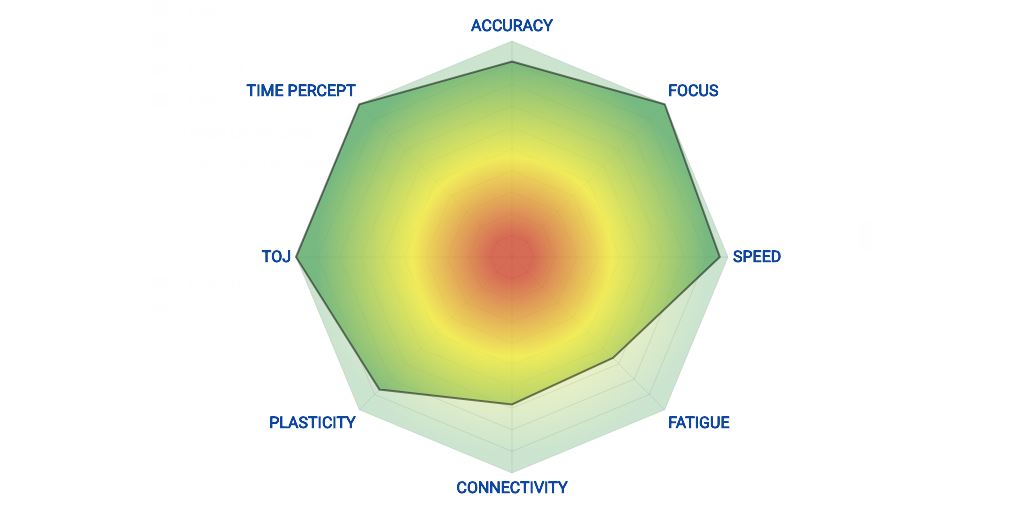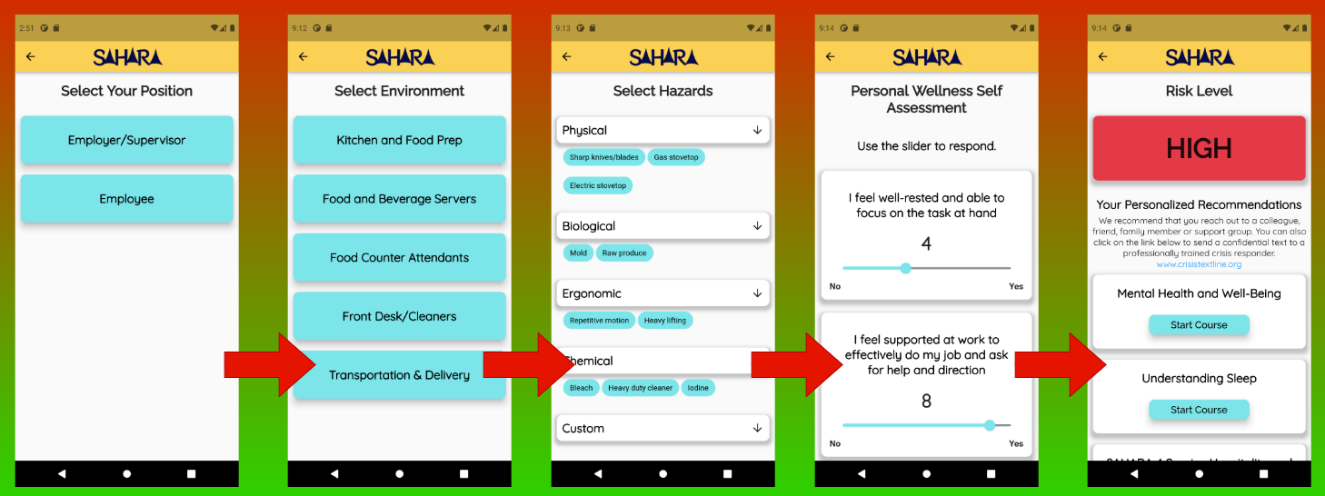2020 - 2023
R&D and Presentations
Research and Development Project
The RAM Machine and Software for Concussion Prevention
A patented machine that tests concussion risk for the purposes of preventing concussions
Third Party Published Research
“An Accessible, 16-Week Neck Strength Training Program Improves Head Kinematics Following Chest Perturbation in Young Soccer Athletes”
Auckland University of Technology has published an independent peer-reviewed study analyzing our CAP data from the kinematic response to impulsive loading on 30 July 2021. By analyzing the relationship between strength performance and the movements of the head we can predict a strategy and protective levels of strength that the athlete can develop to reduce susceptibility to concussions.
Read the abstract at https://doi.org/10.1123/jsr.2020-0537.
“A Novel Concussion Active Prevention Testing Device for Neck Strength Evaluation During Sub-concussive Impacts”
The paper by Nazarahari, M., Arthur, J. & Rouhani, H. Titled “A Novel Testing Device to Assess the Effect of Neck Strength on Risk of Concussion” (https://doi.org/10.1007/s10439-020-02504-1) has been published in the Annals of Biomedical Engineering, 06 April 2020. This journal is historically a prestigious archival journal in biomedical engineering. The U of A article went through 3 rounds of critical peer-review and can be cited as a proof of the validity of the RAM device (in the scope and to the extent discussed in the article).
Specifically the U of A team studied the contribution of individual neck muscles on the reduction of angular head acceleration in simulated sports contact. The goal was to identify the optimal ratio of strength between muscle groups that strength training should strive to achieve which reduces angular acceleration in common scenarios of impact.
“A Novel Concussion Active Prevention Testing Device for Neck Strength Evaluation During Sub-concussive Impacts” paper was presented at The Canadian Society for Mechanical Engineering (CSME) International Congress 2018 in Toronto, ON, Canada. The RAM technology was clinically validated by the CSME.
Read the press release: Research is Being Conducted with U of A to Test Neck Strength using the CAP RAM
Software Product - Brain Repair Protocol

The CAP Brain Repair Protocol program (BRP) was developed in collaboration with Dr. Mark Tommerdahl of Brain Gauge. It is a unique, fully integrated system that provides a blueprint for clinicians to identify the optimal treatment strategies for their patients developed by SWIFT Learning. The BRP incorporates highly effective diagnostics, treatments, online education and a cloud-based management system.
The Symptom Tree gathers pertinent physiological data, genetic indicators, injury history along with what symptoms the patient is experiencing and compares that to a functional communication map of their brain. Their physiological state, such as insulin resistance or migraines and, how their concussion symptoms relate to the map, play a large role in promoting brain regeneration or, hindering it. Find out more here.
This program was launched by CAP Health for Life in 2020.




Patent Pending
SAHARA (Safety and Health Awareness Risk Assessment) uniquely gathers both physical and psychosocial data to help insurers assess risks and tailor policies more accurately. SAHARA is designed to help minimize potential losses for insurers and encourage clients to prioritize safety measures to protect their athletes and reduce the likelihood of legal issues stemming from injuries, sexual abuse, and lawsuits.
Integrating SAHARA into the insurance industry has the potential to transform not only the operational aspects of risk assessment but foster a positive image as a supportive and innovative insurance provider. The PR opportunities stemming from this integration could help shift the narrative from being seen solely as risk mitigators to proactive partners invested in safety and well-being.
Emphasizing these efforts through PR campaigns can significantly enhance the company’s reputation and public image, potentially attracting more clients who value safety and responsible risk management (the S in ESG). Possibly the most exciting benefit SAHARA offers is insights into the effectiveness of different strategies, helping to refine best practices in risk mitigation within the sports industry.

Early Detection and Intervention: SAHARA aids in early detection of red flags or concerning behaviors, allowing for timely intervention and necessary corrective actions before incidents escalate.
Dynamic Risk Assessment: Real-time data collection allows for a more dynamic and responsive risk assessment model. It provides up-to-the-minute insights into the safety measures and overall risk profile of sports organizations, allowing insurers to adjust their assessments accordingly and ultimately reduce your risk.
Proactive Risk Mitigation: Identify trends or areas of concern quickly, allowing for proactive measures thereby reducing the likelihood of claims.
Evidence-Based Premium Adjustments: Empirical evidence of a sports organization’s commitment to risk management. This evidence-based approach leads to more tailored, fair, and potentially reduced premiums for organizations actively implementing the mitigation strategies to improve safety measures.
Long-Term Risk Monitoring: Real-time data collection enables continuous monitoring and assessment of risk factors, contributing to a more comprehensive understanding of an organization’s risk profile over the long term and influence insurance decisions and premiums.
Strategic Partnerships: Insurers reduce their risks, and the sports organizations benefit from potential premium reductions and, most importantly, healthy, happy athletes.
Risk Mitigation Strategies and Data: Multi-faceted risk mitigation strategies which include education, training, therapeutic interventions, and crisis specialists at their fingertips, creates a comprehensive system for risk management within sports organizations.
Continuous Assessment and Improvement: The ability to assess the effectiveness of risk mitigation strategies enables your clients to adapt and fine-tune their risk management efforts; ensures that their stakeholders are implementing the strategies; and doing so effectively. They are also demonstrating a commitment to proactive risk management and a responsive approach to mitigating potential liabilities.
 Cart is empty
Cart is empty